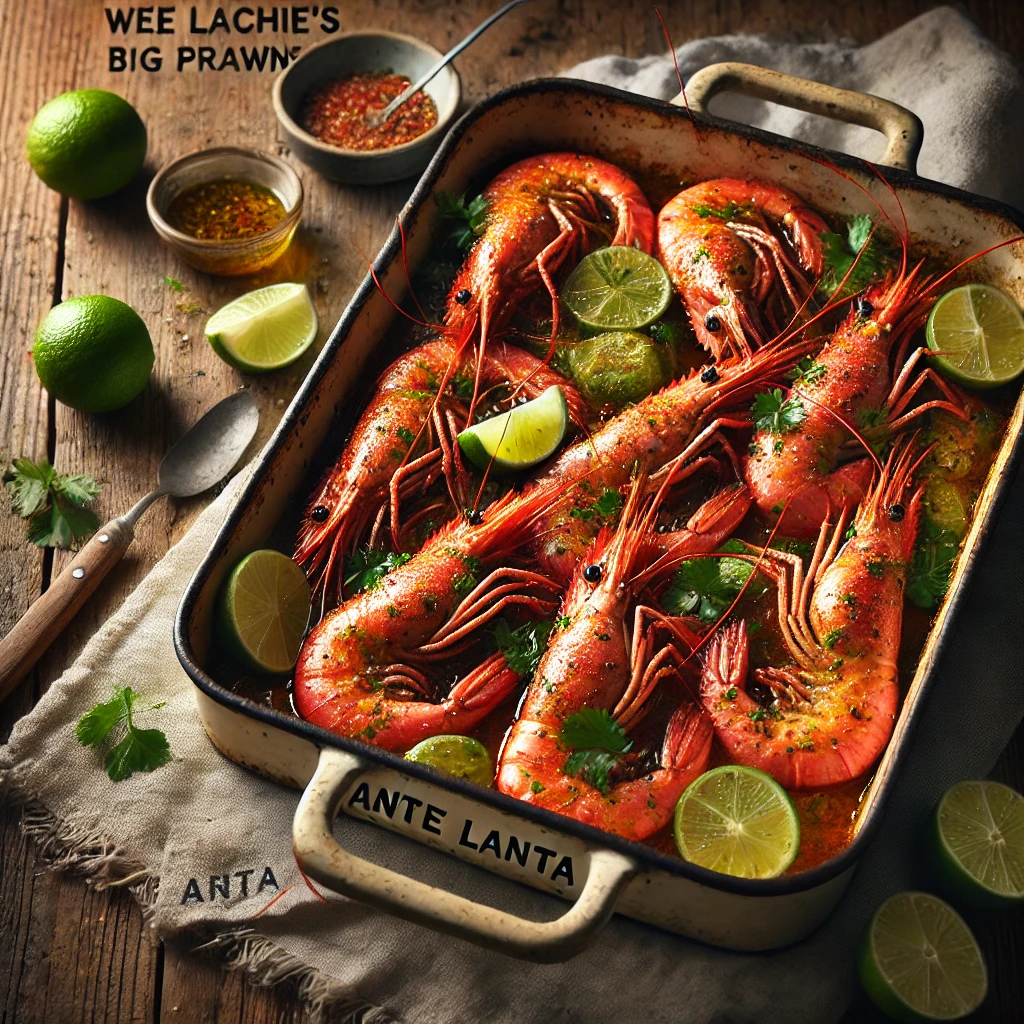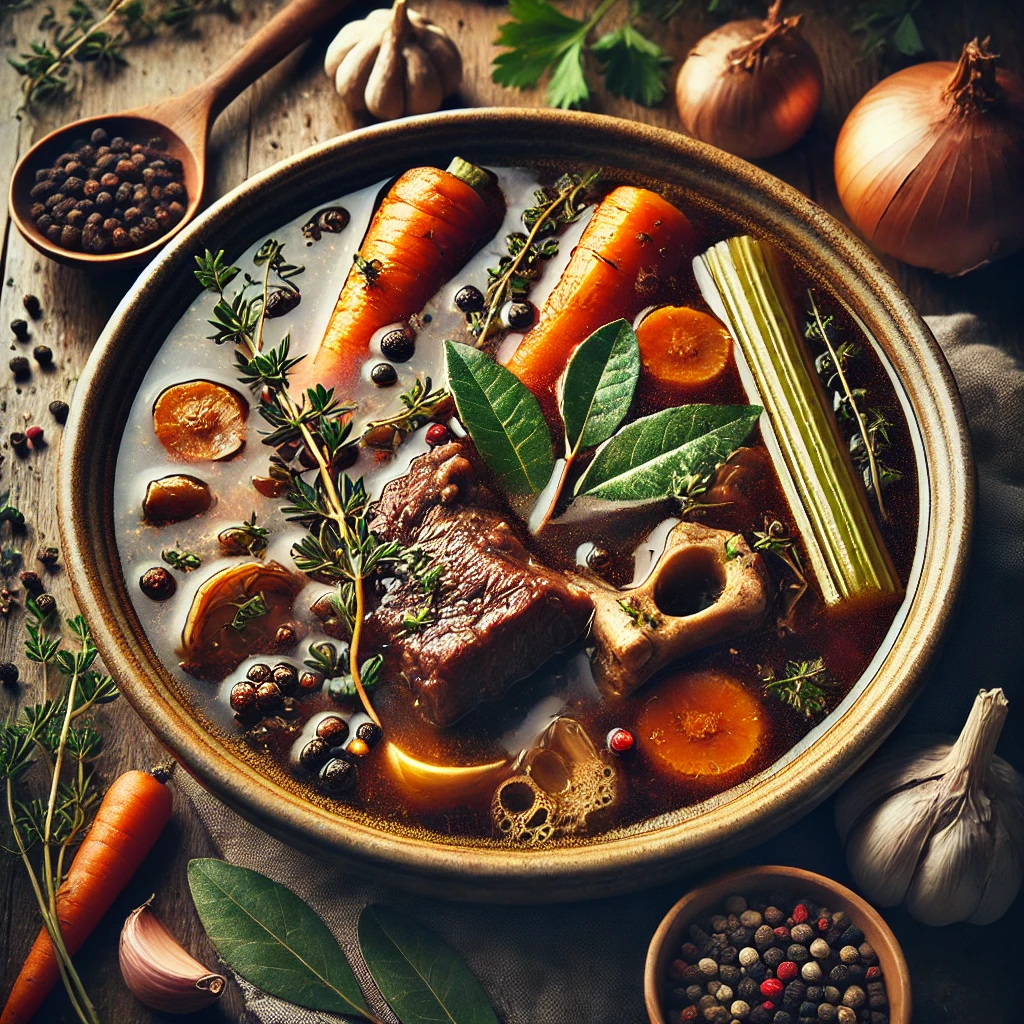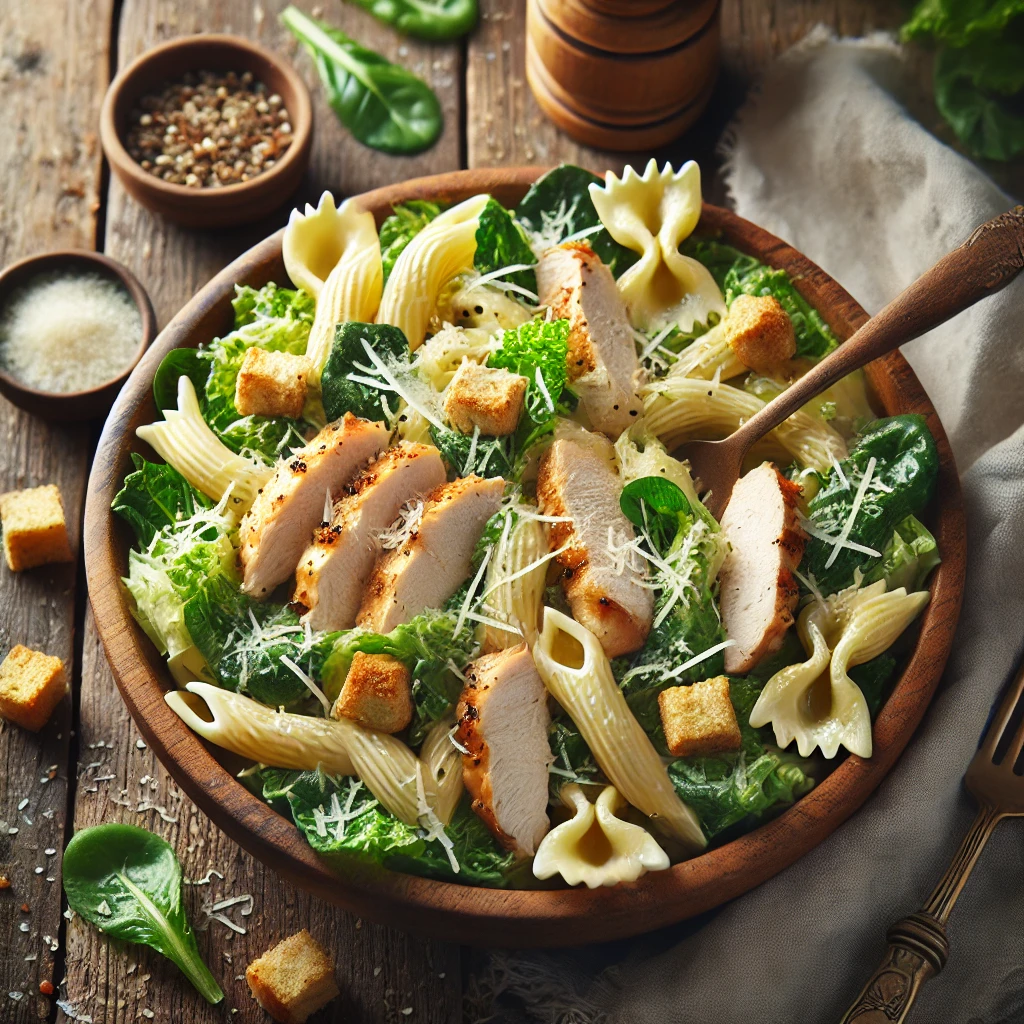Coconut Cake
Coconut Cake
Ingrediënten
Ingredients for 2 Smaller Foil Trays (7x3x2in (18x7x5 cm)) or 1 Larger Loaf Pan
- 1 stick plus 2½ tbsp 150 g Butter
- 1 cup plus 2 tbsp 140 g Confectioner’s sugar
- 2 tsp 10 g Vanilla sugar
- Dash of salt
- Zest of 1 orange
- 5 Eggs
- 7 oz 200 g Coconut flakes
- 2 oz 60 g Candied orange peel, finely chopped
- 6 tbsp 50 g Flour
- 1 oz 30 g Almonds, grated
- Some orange marmalade
- Grand Marnier
- Butter for the pan
For the Orange Glaze
- 1 Egg white
- Juice of 1 orange
- 3¼ cups 400 g Confectioner’s sugar
Instructies
- Preheat oven to 320 °F (160 °C).
- Mix the butter with the confectioner’s sugar, vanilla sugar, salt, and orange zest until creamy.
- Add the eggs little by little.
- So that the batter does not coagulate, add 2 tbsp of coconut flakes.
- After that, add the rest of the coconut and the candied orange peel.
- Carefully fold in the flour.
- Butter the trays.
- Pour in the batter, sprinkle with almonds, and bake for about 1 hour.
- Let the cakes cool and remove from the trays.
- Warm the orange marmalade with a bit of Grand Marnier and brush on the cake.
- For the glaze, mix egg whites with orange juice, then little by little stir in sifted confectioner’s sugar.
- Glaze the coconut cake, let harden, and serve.
Notes / Tips / Wine Advice:
The amount of powdered sugar in the orange glaze can be varied to achieve the desired consistency.
A Sweet Ghost
Coconut flakes are to sweet cooking what parmesan is to savory: that is, a truly all-purpose ingredient. Thanks to a high melting point and a flavor that harmonizes ideally with chocolate, fruit, and vanilla, among others, coconut is particularly well-suited to cake baking.
The path from the coconut palm to the bakery is a long one and leads through the mild, nutty flesh of the so-called coconut, which is dried into copra. The coconut palm originated in Southeast Asia, but it was probably given its name by Spanish colonizers. In Spanish, coco means something like “ghost.” The pious Spanish got such an idea because of the three openings in the seed, which gave the coconut an eerie, ghostlike appearance to the people of that time. These days, we don’t see ghosts in the coconut anymore—at most a good kitchen spirit.
Coconut flakes are to sweet cooking what parmesan is to savory: that is, a truly all-purpose ingredient. Thanks to a high melting point and a flavor that harmonizes ideally with chocolate, fruit, and vanilla, among others, coconut is particularly well-suited to cake baking.
The path from the coconut palm to the bakery is a long one and leads through the mild, nutty flesh of the so-called coconut, which is dried into copra. The coconut palm originated in Southeast Asia, but it was probably given its name by Spanish colonizers. In Spanish, coco means something like “ghost.” The pious Spanish got such an idea because of the three openings in the seed, which gave the coconut an eerie, ghostlike appearance to the people of that time. These days, we don’t see ghosts in the coconut anymore—at most a good kitchen spirit.




